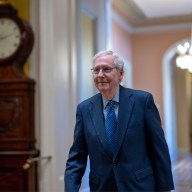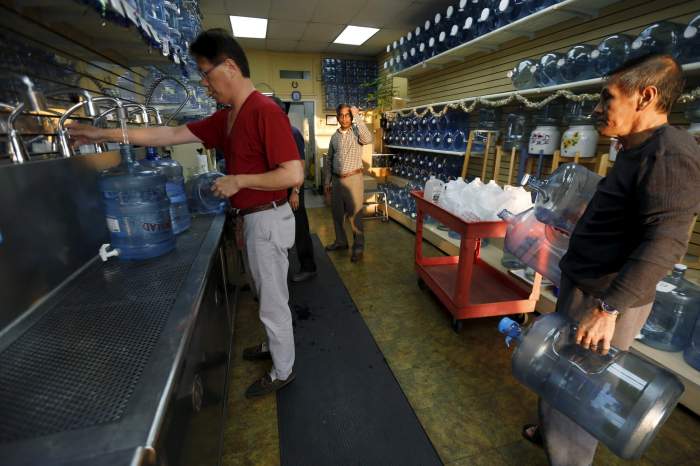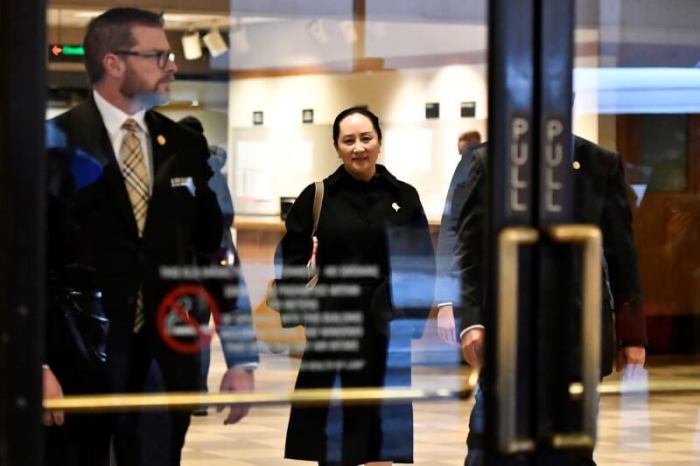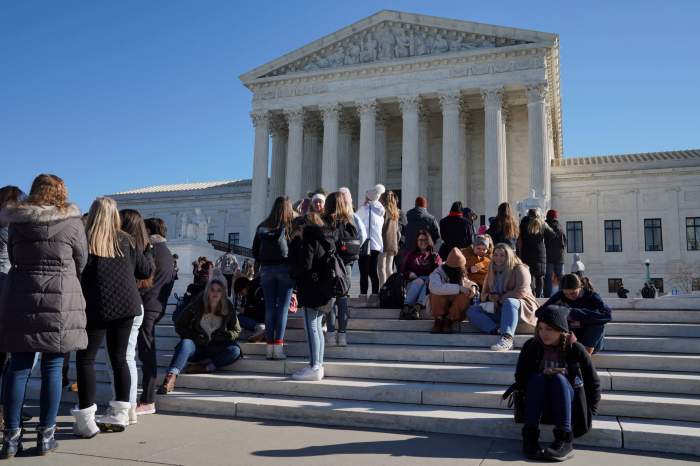By Lindsay Dunsmuir and Howard Schneider
WASHINGTON (Reuters) – The share of Americans without health insurance rose for the first time in a decade last year and U.S. household income hardly budged, according to a government report on Tuesday that laid bare issues that could be central to the U.S. presidential election next year.
In a closely watched annual release of survey data detailing healthcare and economic trends in 2018, the Census Bureau painted a mixed picture of how households fared during President Trump’s second year in office, a time of strong economic growth and low unemployment.
Earnings grew a solid 3.4%, the percentage of people in poverty fell to 11.8% last year from 12.3% in 2017, and women in particular saw strong employment gains.
But growth in household income, which includes earnings and all other sources of cash, largely stalled after three years of steady growth. Census officials said they could not readily identify the cause.
In addition, about 27.5 million residents, or 8.5% of people, did not have health insurance in 2018, an increase of almost 2 million from the year before when 7.9% of people lacked coverage, the Census Bureau said.
It was the first year-to-year increase in the percentage of uninsured people since the Great Recession, Census officials said, and reverses the steady expansion of coverage since the Affordable Care Act took effect in 2014.
President Donald Trump campaigned on repealing the ACA, also known as Obamacare, but failing that has taken steps to weaken the law’s benefits and protections, including reducing funding for groups that help people acquire health insurance.
Some of the largest jumps in the uninsured occurred among Hispanic children, among middle-class families with incomes well above the poverty line, and in electoral battlegrounds like Michigan and Ohio. The number of uninsured in those states rose by 25,000 and 58,000, respectively.
A 0.7 percentage point drop in those covered by Medicaid, the United States’ publicly funded health program for the poor, drove the national decline in health insurance coverage.
“The decline in public coverage certainly contributed” to the overall fall in those covered by any type of health insurance, said Laryssa Mykyta, chief of the Health and Disability Statistics branch at the Census Bureau, in a conference call with reporters. Coverage under private plans showed a decline, but it was not considered statistically significant given the survey’s margin of error.
“For children we saw a similar pattern where there was a decline in public coverage and no statistical change in private coverage,” she said.
ECONOMIC STRENGTH BUT INCOMES STALLED
Trump has characterized the current U.S. economy as the strongest ever and is centering his reelection hopes on the argument that only he can keep it on track.
But recent polls and surveys show increased concern about recession, and most economists feel the administration’s trade war with China and other nations is sapping economic growth.
The new Census data raise questions about how strongly Trump’s economic policies have been felt among his political base.
Along with Michigan and Ohio, the other states where healthcare coverage declined included Texas, Arizona, Idaho, Tennessee and Alabama, all of which voted for Trump in 2016.
The Census Bureau said that the median U.S. household income was $63,179 in 2018, not statistically different from the $62,626 registered in 2017 despite reflecting a year in which U.S. economic growth was boosted by Trump’s tax overhaul and a rise in government spending.
By the end of 2018 the unemployment rate had fallen to 3.9% and has since declined further in what is now the longest U.S. economic expansion in history.
But the benefits seem to have centered in the country’s metropolitan areas, which are more likely to vote Democratic.
According to regional data released by the Census, median household income inside major U.S. cities grew by a statistically significant 5.4%. Outside those urban areas, in the rural and suburban regions where Trump’s support is strongest, household income barely changed.
(Reporting by Lindsay Dunsmuir, Jason Lange, Susan Heavey and Howard Schneider; Editing by Andrea Ricci)


















